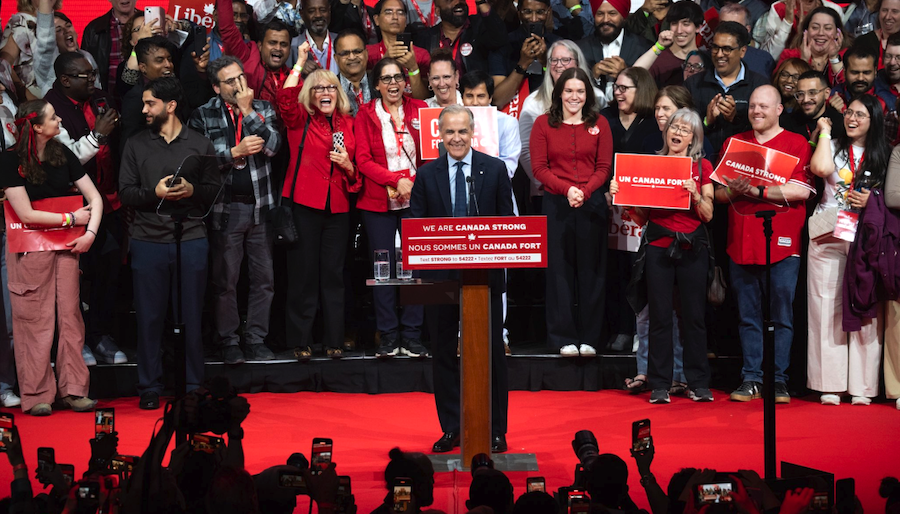Introduction
Mark Carney’s victory in Canada’s federal election has sparked significant interest in the mining industry, a cornerstone of the nation’s economy contributing nearly 20% to GDP and C$422 billion in exports in 2022. His administration’s policies aim to bolster the sector, particularly in critical minerals vital for the global energy transition, while balancing environmental goals.
Key Reforms and Investments
Carney’s government is set to revolutionize the mining landscape through several initiatives: - Streamlined Approvals: The establishment of a 'Major Federal Project Office' with a 'one project, one review' mandate will eliminate redundant federal-provincial environmental assessments, speeding up project timelines for critical minerals like lithium, nickel, and cobalt. - Critical Mineral Development: Investments through the First and Last Mile Fund (FLMF) will connect mining projects to supply chains, support clean energy initiatives, and enhance exploration via tax credits and prospecting funding. - Trade Diversification: In response to US tariffs under President Trump, Carney plans a $2 billion strategic fund to protect Canadian jobs and pivot export markets towards Asia and Europe, reducing reliance on the US.
Environmental Balancing Act
Despite the push for mining growth, Carney remains committed to climate goals, maintaining the industrial carbon tax and imposing emission caps on oil and gas. This dual focus raises questions about feasibility—can rapid industrial expansion coexist with stringent environmental regulations?
Analysis and Concerns
While Carney’s vision is ambitious, challenges loom. Streamlining approvals may risk overlooking environmental or community concerns, potentially sparking backlash. Furthermore, pivoting trade away from the US is a bold but risky move given historical economic ties. The success of these policies will hinge on execution and international cooperation, especially in securing new markets for Canadian minerals.
